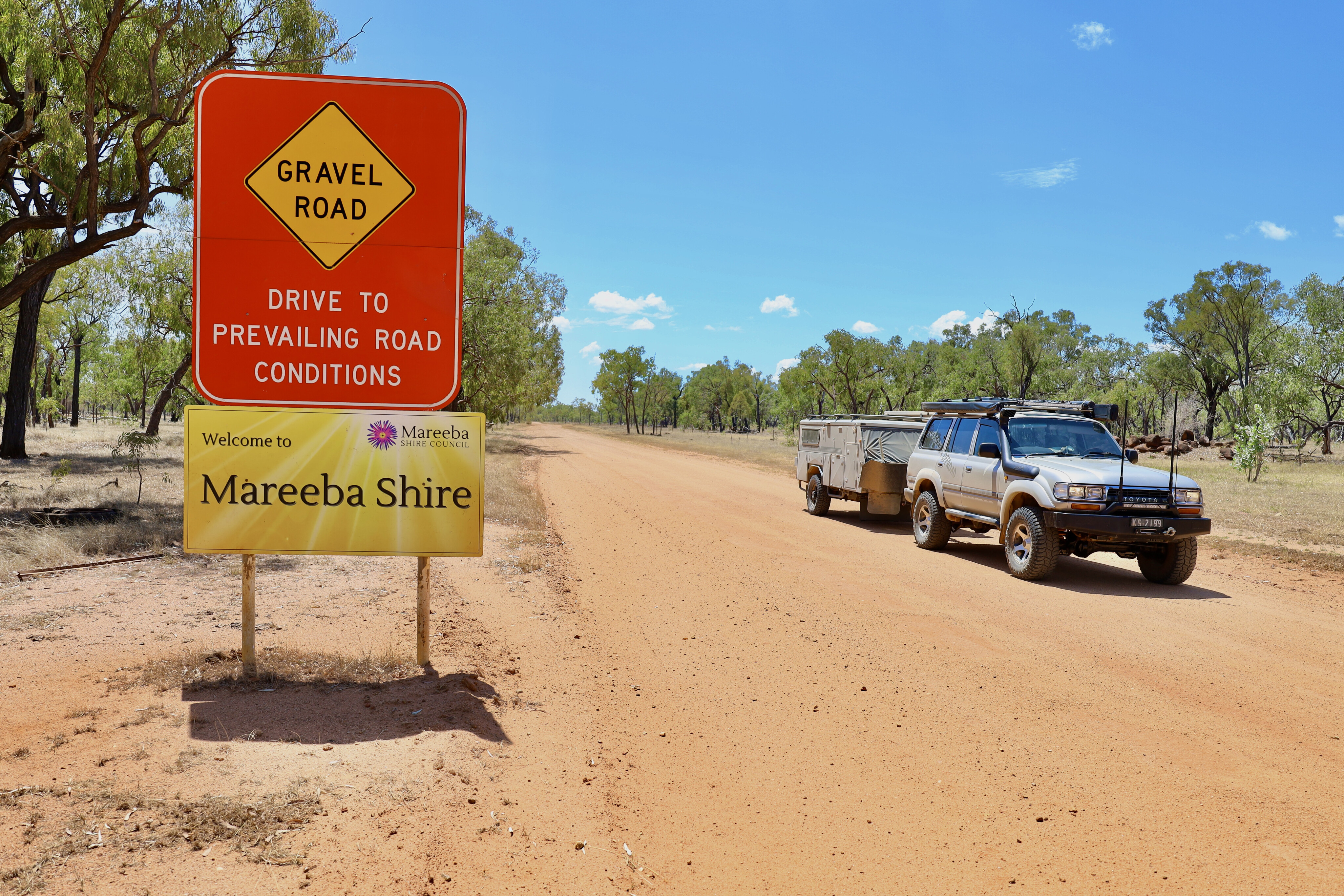
I’ve come to love Far North Queensland, from Cape York across to the Gulf and especially discovering new areas with history attached.
On a recent trip, I was pointed towards an area that sounded pretty cool to explore off the Burke Developmental Road in the Mareeba Shire. Finding the old town or at least the turn-off for Lappa wasn’t that easy as there’s nothing left from the old mining days; if it wasn’t for a prior chat with a local I would have driven straight past.
The sign on the top of a rise was marked for Mount Garnet and this was the turn for Lappa. A short way up the road I found the main area of Lappa and the historic Espanol Hotel built back in 1901.
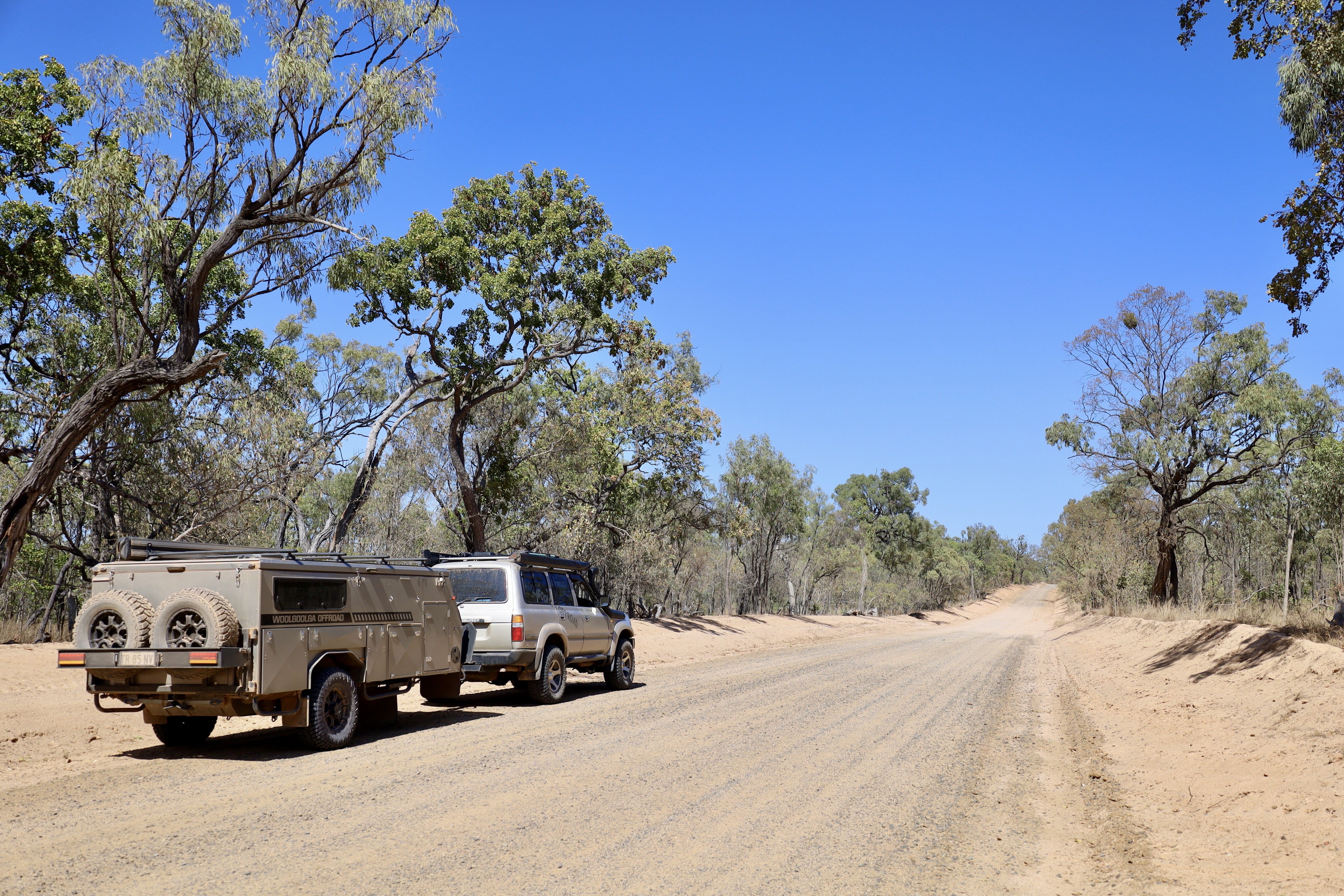
Turn back the clock to January 1891 when silver was discovered by Phil Hamlin and his party after they crossed the Featherbed Range a few miles to the north, and a dozen claims were set up and the town’s name was changed from Wadestown to Lappa (other reports say the town was called Lappa Lappa).
Lappa was just an isolated settlement until the railway line was built in 1899 en route to Chillagoe from the coast, and soon there was a junction at Lappa for the rail to head south to Mount Garnet. The town didn’t last long and soon fell in to disrepute, leaving only the hotel, an old house and the station behind.
Today, the old hotel is jam-packed-full of memorabilia and souvenirs from travellers and locals. Sadly, it doesn’t operate these days but you’re welcome to bring a carton and be mesmerised by the amount of gear in the old pub.
Camping Buyers' Guides
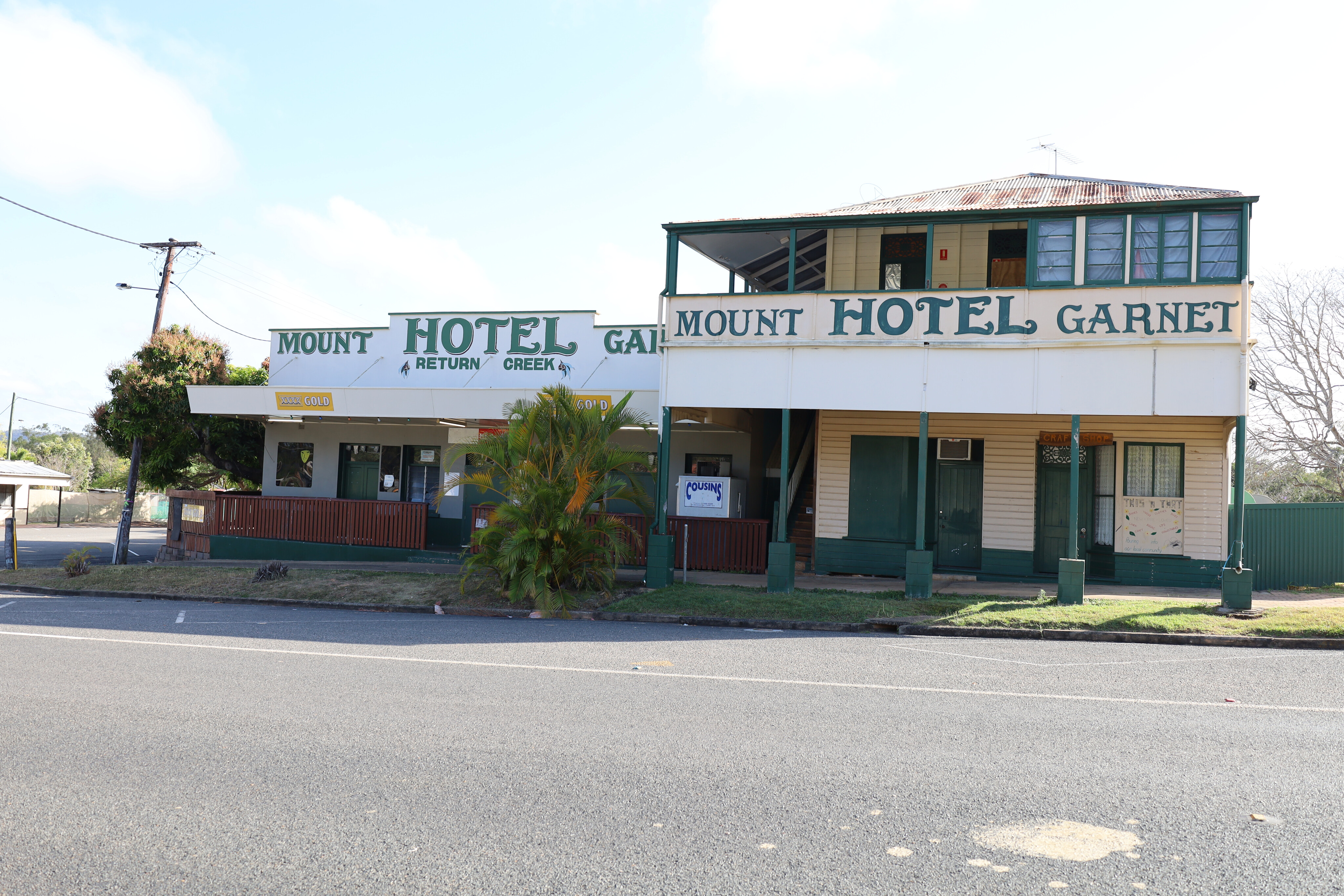
Just next door in the old house lives an interesting character who looks after the pub and is known as the Yappa from Lappa. He has collected a lot of the memorabilia in the pub, can spiel yarns from the days gone by and also help you empty your carton. The old house was the Almaden church built in 1900 and moved to Lappa in 1940.
Across the paddock from the pub is the old railway house that’s been restored after the railway line ceased to operate when the huge mines closed at Chillagoe, the lines were once privately owned by entrepreneur John Moffat based at Irvinebank. Today, the railway line only sees the Savannahlander stop every Wednesday en route from Cairns to Forsyth and passes back every Saturday.
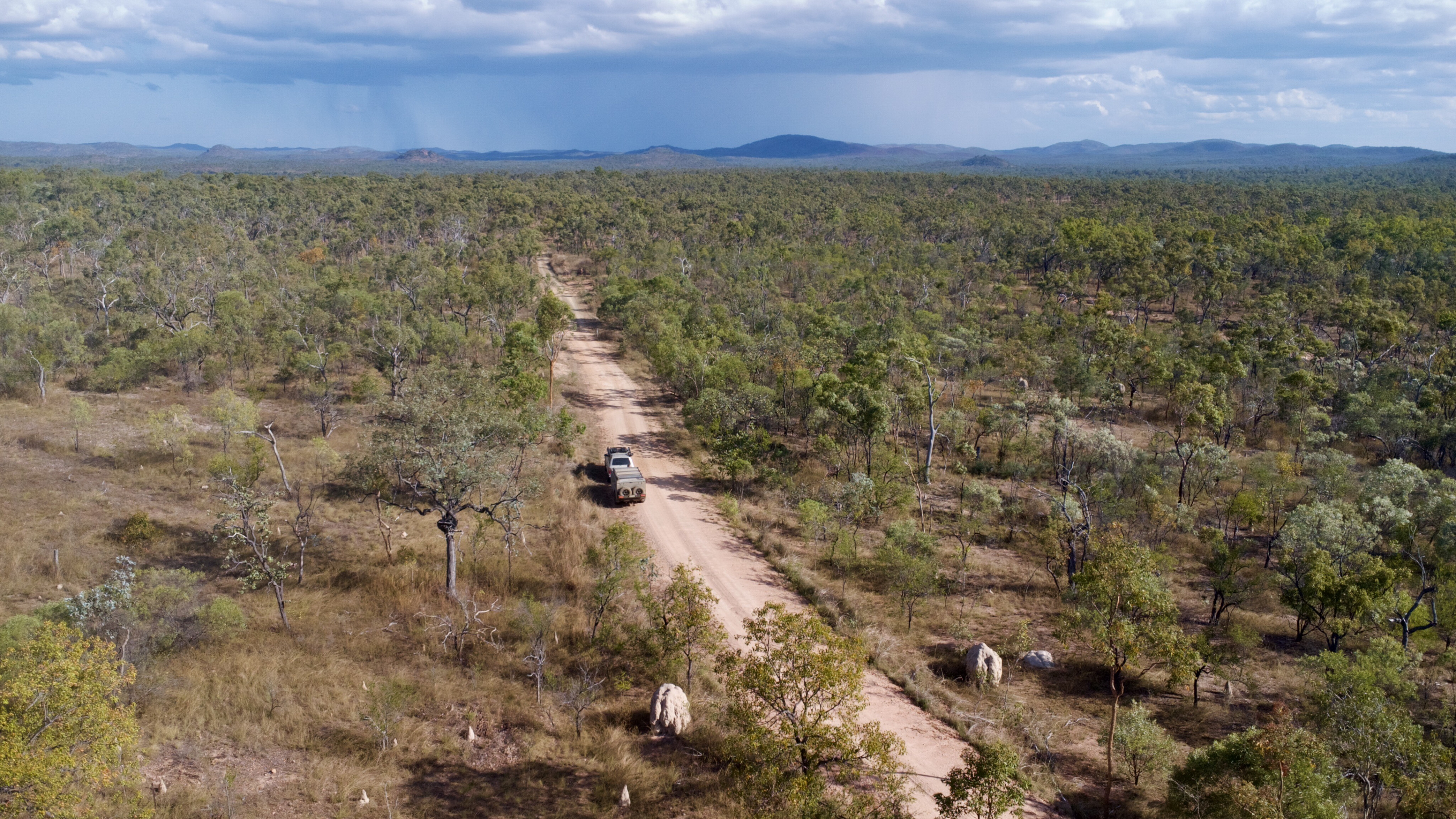
The directions I was given was to follow the old rail trail which was originally a camel track built by Abdul Wade and today is a popular four-wheel drive and mountain biking trail to Mount Garnet, after the line closed in 1961.
Now while it’s only a 55km trip along the Mount Garnet road, the trail goes through magnificent ranges with views of the isolated countryside, and where the road crosses or goes near old sidings you’ll see old frangipani and mango trees that are visible through the scrubby timber.
It's a pleasant drive, with no real obstacles all the way down to Mount Garnet but keep an eye out for old stone bridges and narrow rock cuttings that are now heritage listed.
Mount Garnet
Mount Garnet is a sleepy little village that’s easy to pass through without stopping, and there’s not much there except for a couple of pubs, service stations, a few shops and houses in the middle of nowhere.
An amazing spot to look at is the beautiful Warrumu Swamp on the eastern edge of town, which can be alive with hundreds of black swans and impressive displays of water lilies year-round. Locals reckon the swamp never dries up, even in the worst droughts, due to subterranean springs that feed clean water up through the ground.

Copper was found in 1883 and the first lot was transported across to the coast by camel. When a branch line came down from Lappa, the smelted copper was moved more efficiently and quickly back out for sale and shipped around the world. Huge deposits of tin were found, and in 1928 a massive coal-fired dredge was transported to Mount Garnet, then 10 years later the company moved to an electric-driven dredge, but in 1986 tin prices collapsed and mining stopped.
My next stage of this trip was westward for 22km and to Ootann Road and up towards an old railway siding at Fossilbrook and eventually to Mount Surprise. Again, these are pretty decent dirt touring roads and I think I only encountered a couple of locals in their 4WDs. About 65km along, I swung left on to the Gingerella-Fossilbrook Road and it was another 30km where I found the abandoned Fossilbrook siding.
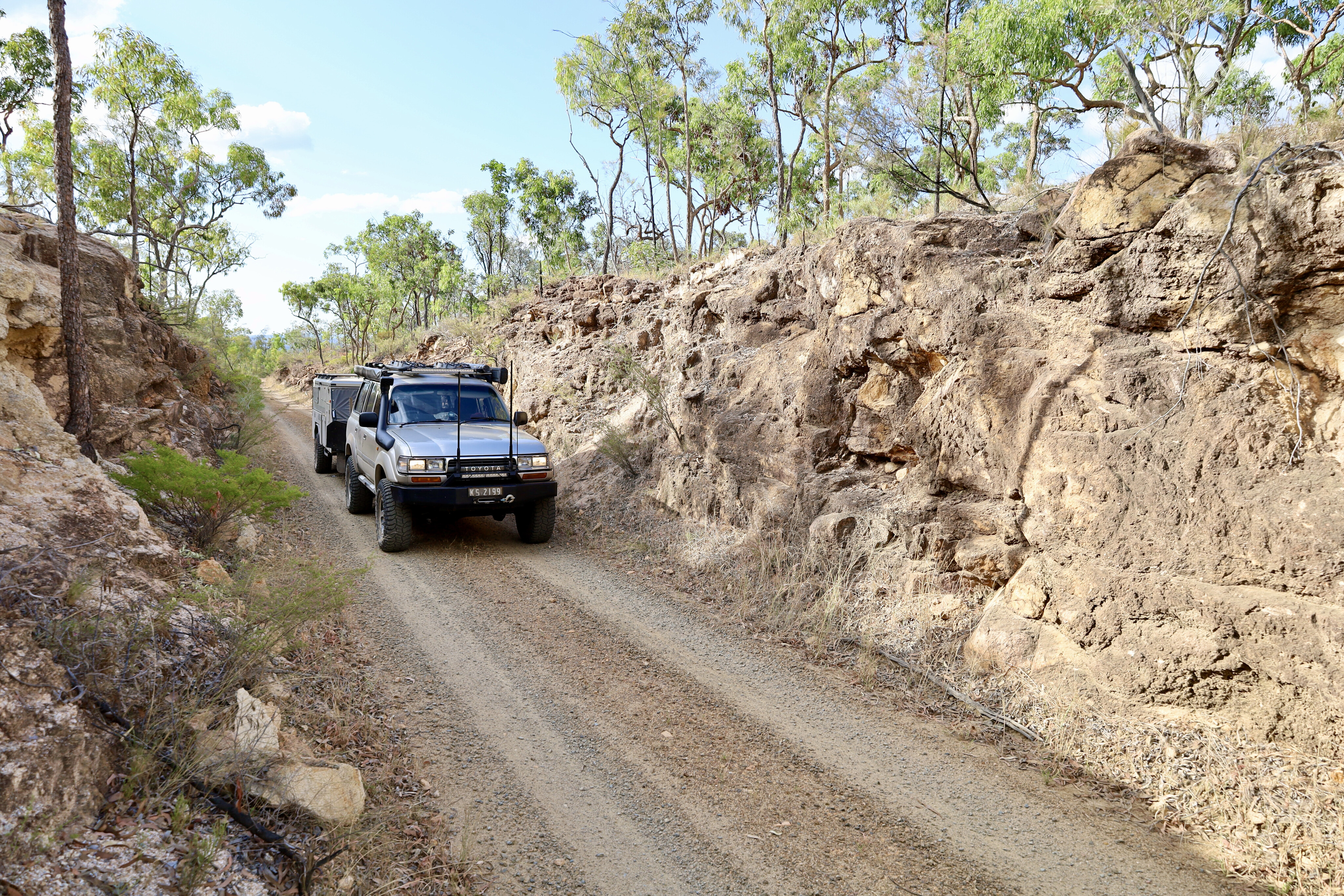
Once an important stopover to collect livestock, drop mail off and even collect passengers, the only relics left at Fossilbrook today are a raised concrete siding, cattle yards and an old water tank that looks like it was used for mail drops. The narrow-gauge line sits on low-profile metal sleepers that help combat termites and reduces washaways in flood times. Fossilbrook survived from 1885 until the mines ran dry, it had a school but that closed in 1926, and Fossilbrook now only has a population of local station owners.
Springfield Road was my way out to the Gulf Developmental Road and on to Mount Surprise. Passing through private stations, across dry riverbeds and covering a very dusty 45km back, it wasn’t long before I hit the tar.
Mount Surprise
Today, Mount Surprise is a pleasant stop along the never-ending gulf road, but this place had so much to offer over 100 years ago. Ezra Firth took up pastoral land back in 1864 and continued to grow his wealth for many years.
When he came to the area, it’s said that local Aborigines saw him and other white people on a passing dray, while having a feast. They ran away after seeing them and that night the Aborigines lit small fires across the nearby mountain and apparently that’s how the town got its name, Mount Surprise.
As in most outback and isolated towns, if the railway went through there was always a hive of activity and this place was no different, with a busy hotel and post office building across the road from the former railway station.
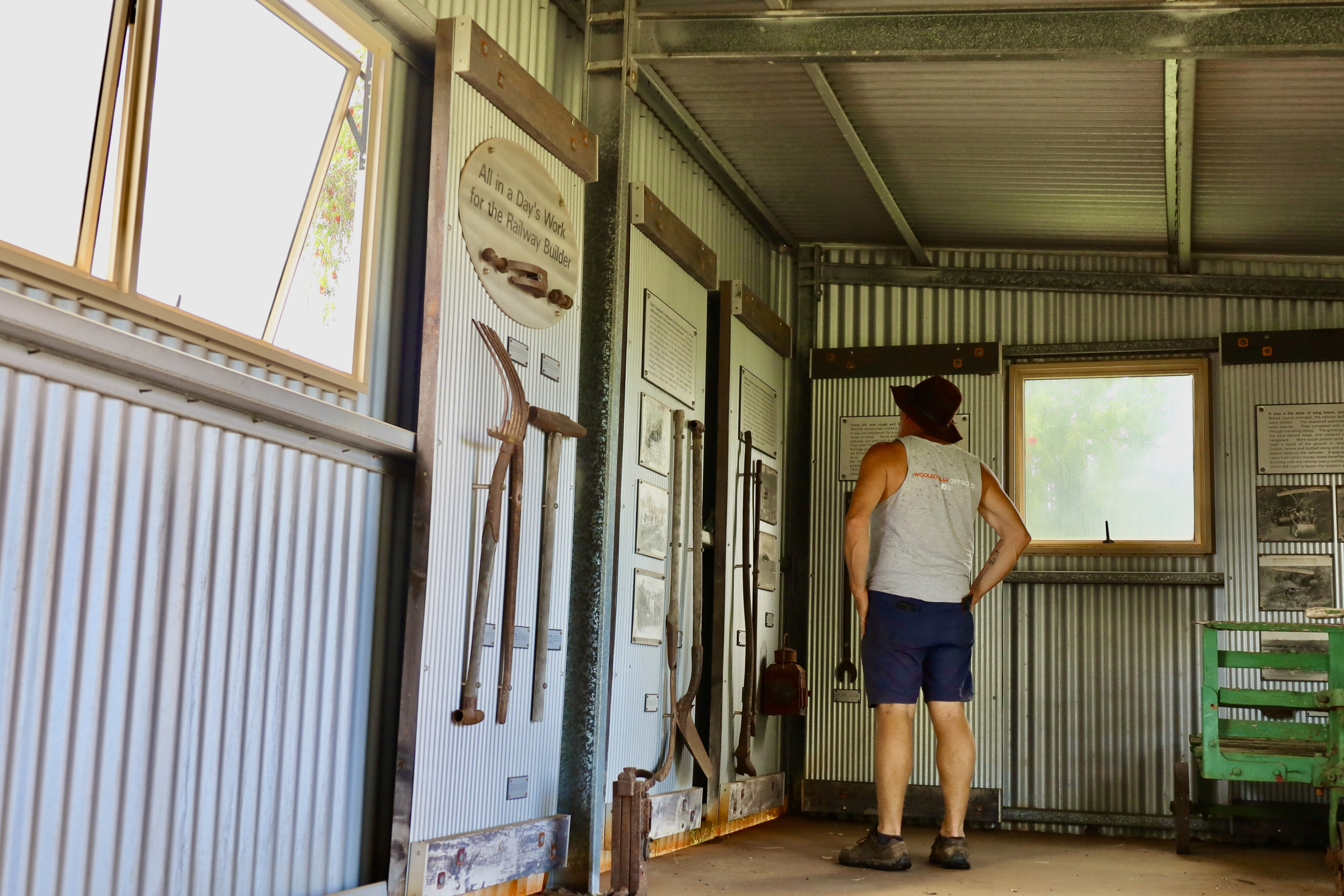
Today, it’s a quiet place where tourists make up most of the population year-round exploring the area. In town, the highlight for most travellers is the railway station where there’s a comprehensive museum showcasing a stack of memorabilia for the area's past. Also the restored buildings, rail relics and info boards all set in amongst a cool, green park.
The 90-year-old Savannahlander rail motor (or Silver Bullet) passes through and stops at Mount Surprise several times a week, taking passengers farther afield or on day trips across the savannah landscape. Nearby to Mount Surprise are the ancient Undara lava tubes claimed to be some of the largest in the world, all part of a link of 164 volcanoes that formed more than 190,000 million years ago.
There’s also the Forty Mile Scrub NP that was also created as part of volcanic action where this ancient rainforest has been left virtually untouched since being formed. Rare plants and animals call this home and the park’s forest is regarded as the most concentrated and greatest of its kind in Australia. There’s been links within the forest to India and Burma that were once connected before continental drift.
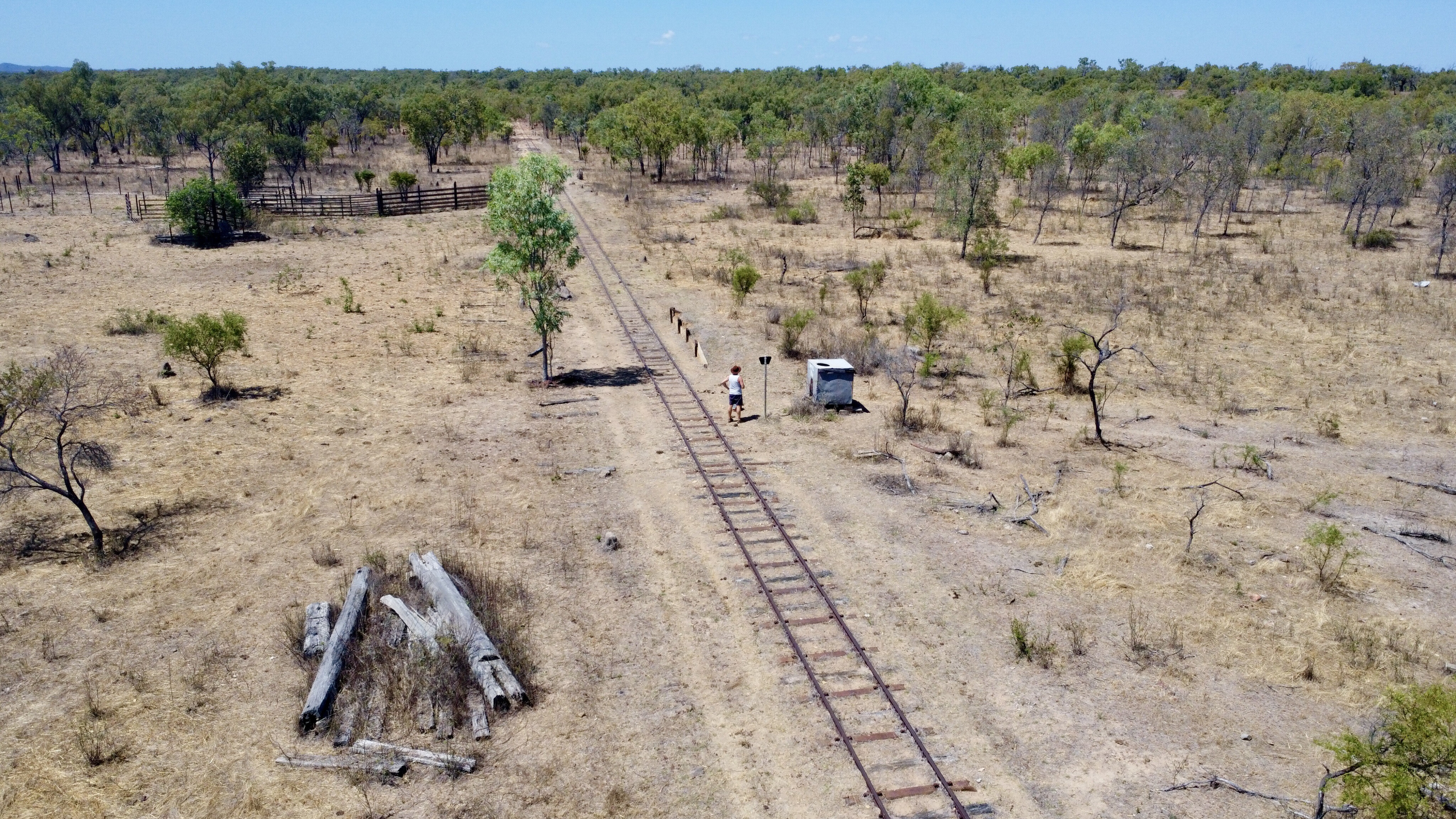
For the fossickers, there are O’Briens Creek and the Agate Creek gem-fields. Both are different in their own ways but great to find coloured rock pieces. Gems from these areas are regarded as world-class for their clarity, size and colour. They include thundereggs, clear and smoky quartz pieces, plus amethyst. If that’s not enough, there are also Cobbold and Copperfield gorges just a short drive away where you can marvel at basalt formations, explore water holes and possibly see a freshwater croc.
Even though most of the history has gone now, this remote and often hostile area has so much to see and do, I would nearly say there is something for the whole family to enjoy.
Five fast facts
Where
My starting point Lappa was 200km west of Innisfail. Mount Surprise and Mount Garnett are also inland from Innisfail in Far North Queensland. After leaving the beautiful Qld coastline and passing through rich lush rainforest areas, the landscape surrounding these historic places is regarded as harsh and isolated.
All aboard!
There’s a plethora of railway history to explore, driving the rail trail, a historical mine trail, free camping along the way through to riding the Savannahlander train on parts of the northern line and accommodation in vintage railway carriages at Undara Volcanic NP. The Savannahlander, a 1960s classic ‘Silver Bullet’ railmotor, departs Cairns weekly, winds its way through the wet tropics area of the Kuranda ranges through the Savannah country to Forsayth and back, a unique outback railway trip.
Undara Volcanic National Park
Between the townships of Mount Garnet and Mount Surprise on Highway 1 is the turn-off to the fascinating Undara Volcanic NP, famous for its massive lava-tube caves and Kalkani Crater scoria cone. Undara offers camping, railway carriage accommodation, guided tours, picnic and day-use areas, walks, and more. An easy walk is around Kalkani’s crater rim offering spectacular views to other volcanic cones in the distance and nearby savannah woodlands.
Take note
This is remote and harsh country. Now while there are a few signs and cattle stations along the way, there’s no phone service for the trip between Lappa and Mount Garnet and the loop up via Fossilbrook. Use a good mapping GPS and you’ll be able to criss-cross through the area exploring the old relics.
The towns
The pubs at Mount Surprise and Mount Garnet have an array of history within the buildings. Closer to Mount Surprise are the above-mentioned ancient lava tubes, rare forests, gorges to explore and gem finding nearby. Although volcanic activity ceased some 10,000 years ago, there is still a geothermal presence in the region.
At Innot Hot Springs near Mount Garnet, the town is noted for the hot waters of Nettle Creek with seven pools of varying temperatures to try. Even the surrounding sand gets hot, so be wary walking around in bare feet.

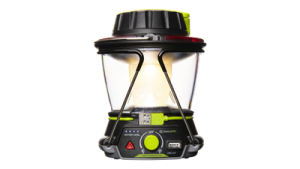

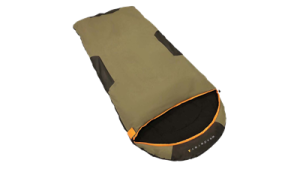

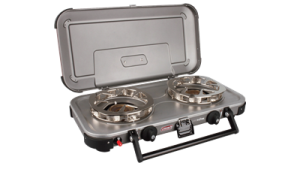



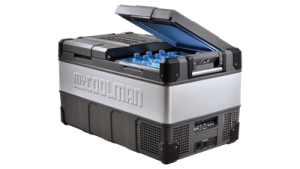
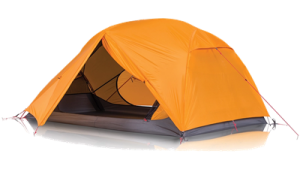








COMMENTS